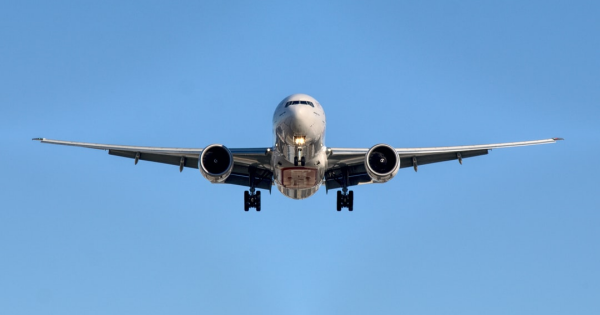There are many types and sizes of hose clamps that you can use to secure your hose. The clamp you choose will largely depend on your application. For heavy-duty and hazardous settings, the choice may be more complicated because there are many variables such as heat and vibrations to take into account. This article looks at how heavy-duty and aircraft type hose clamp can address these issues.
1. Heavy-Duty Applications
Aircraft type hose clamps are used in industries thanks to their superior performance under extreme conditions. The design ensures that the pressure is adequate but also evenly distributed around the tube. The even distribution of pressure is crucial for many heavy-duty industrial applications. When the force around the hose is uneven, it can easily loosen because of external or internal forces within the tube.
2. Pneumatic and Hydraulic Systems
Another issue you must contend with when choosing fasteners is vibrations. Pneumatic and hydraulic systems produce high-frequency vibrations. When there is a lot of movement, the clamps can break off and the hoses may leak. An embossed clamp design can disperse the pressure around the hose to reduce leakages and vibrations.
3. Chemical Industries
Aircraft type hose clamps are used for applications where there is a risk of corrosion because of the use of harsh chemicals. The tubing and fittings must resist staining and corrosion, both internally and externally.
Stainless steel hose clamps are the most common for those applications. They are made from high-quality steel that is good enough to be used for aerospace and oil industries. The material and assembly must conform to the requirements set by the National Aerospace Standard.
4. High-Temperature
In manufacturing plants, such as those in beverage and food processing, excessive heat can damage fasteners. One way to combat the issue is to use 316 stainless steel clamps. A 316 stainless steel clamp can withstand prolonged exposure to high temperatures, even in the presence of chemicals. At over 5,000 centigrade, it can tolerate the heat without the risk of the fittings deteriorating.
5. Heat and Corrosion
In manufacturing plants, high temperatures can also speed up the rate of chemical deterioration. Hose clamps that are 316 and 316L have higher quantities of nickel, which increases their ability to resist corrosion. Other grades of metal may succumb to oxidation under the heat.
These hose clamps are useful for industries where the clamp may be subject to exposure to seawater, sulfuric, or acetic acid. Stainless steel makes for reliable hose clamps that can also keep their mechanical properties under high or sub-zero temperatures.
Aircraft type hose clamps work in heavy-duty environments where there is a greater risk of corrosion and deterioration. You should factor in all the variables that may affect the performance of your hose clamp.


